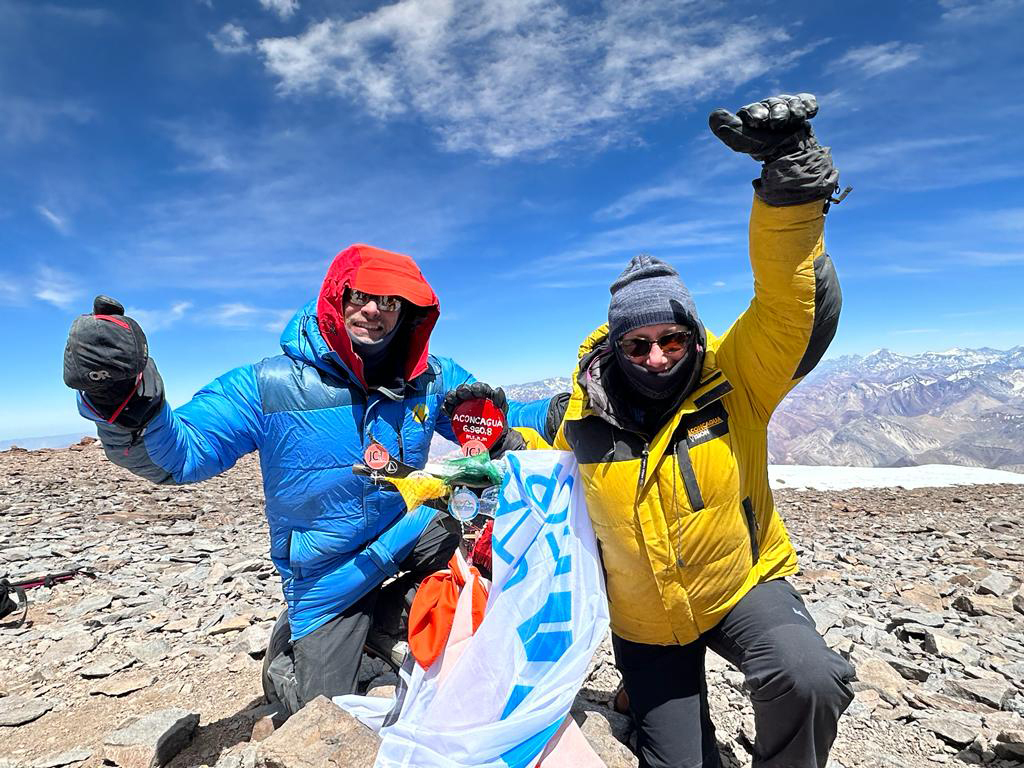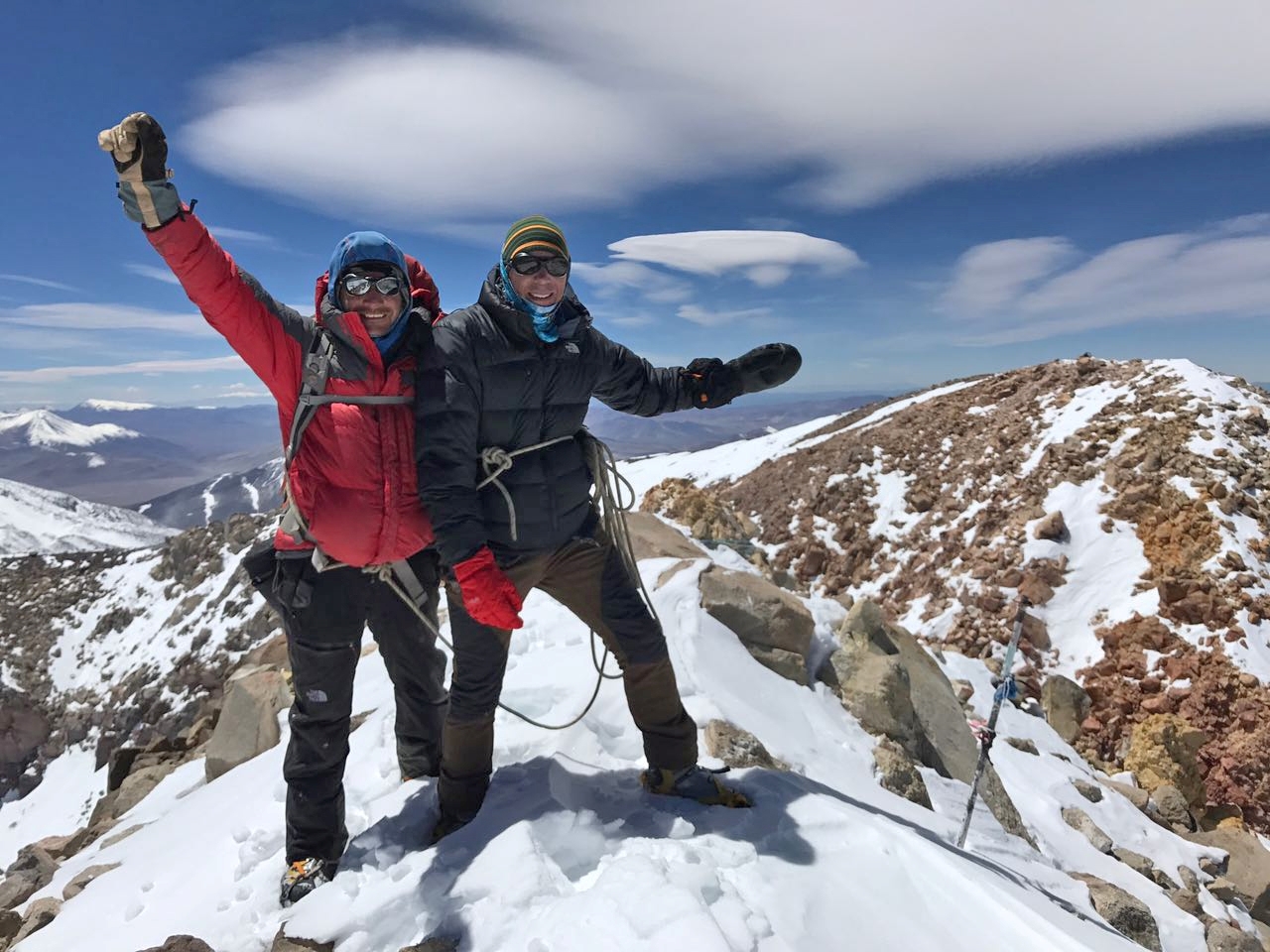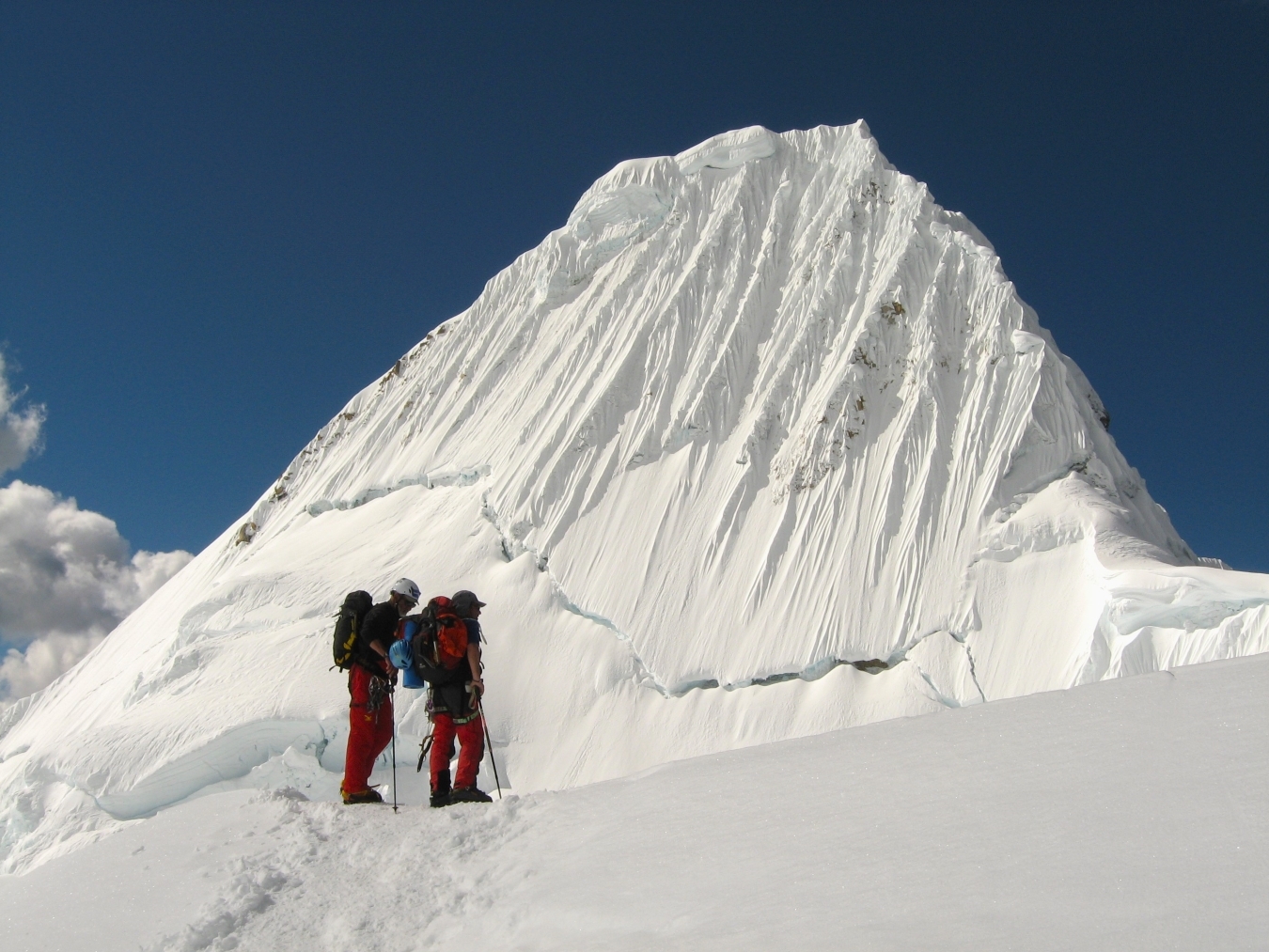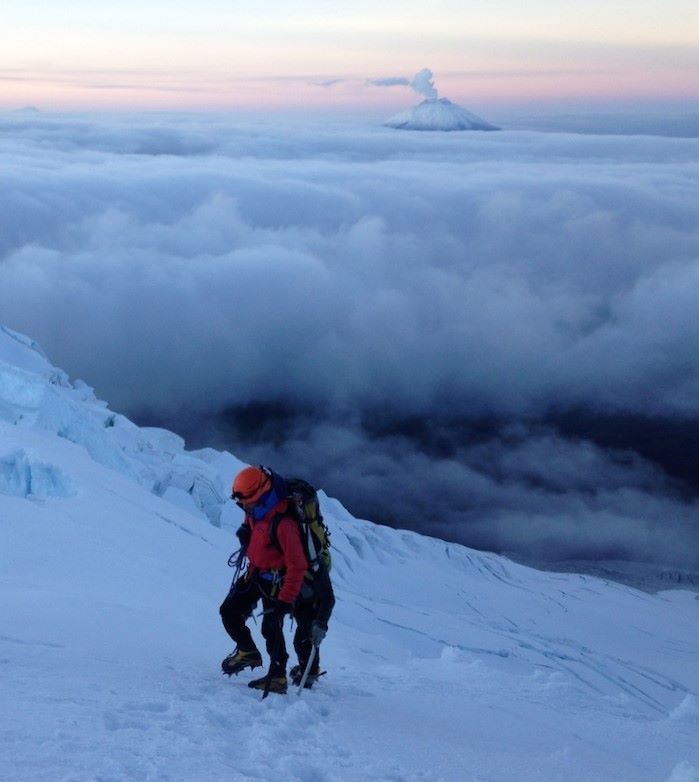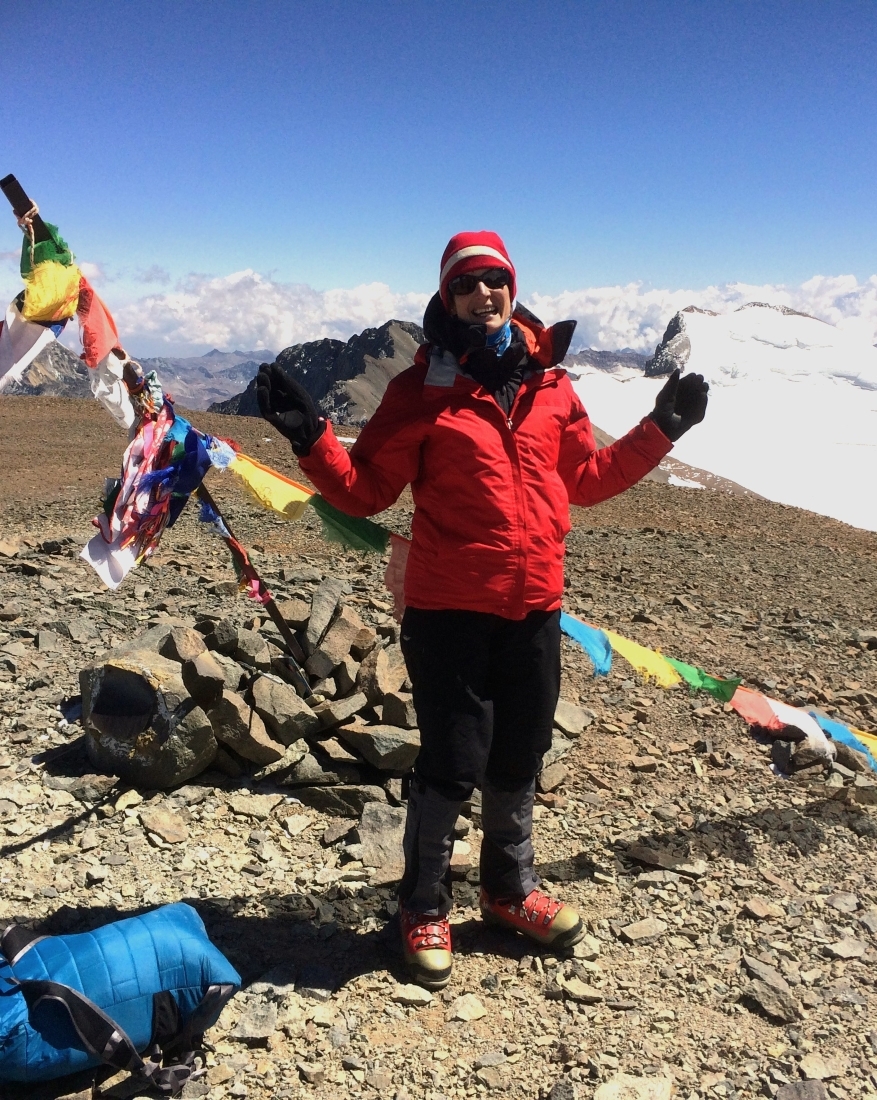Climb the world's highest volcano, Ojos del Salado! A challenging non-technical climb located on the edge of the spectacular Atacama Desert. Read More
Classic fluted snow slopes make Alpamayo one of the most beautiful mountains in the world. Climb together with Quitaraju and optional Artesonraju add on. Read More
Learn introductory mountaineering skills while climbing Ecuador's spectacular volcanic peaks, Cayambe, Cotopaxi and Chimborazo. Read More
Cerro el Plomo is a short but sweet expedition on it's own, or combine with Aconcagua as an ideal pre-acclimatisation ascent. Read More
